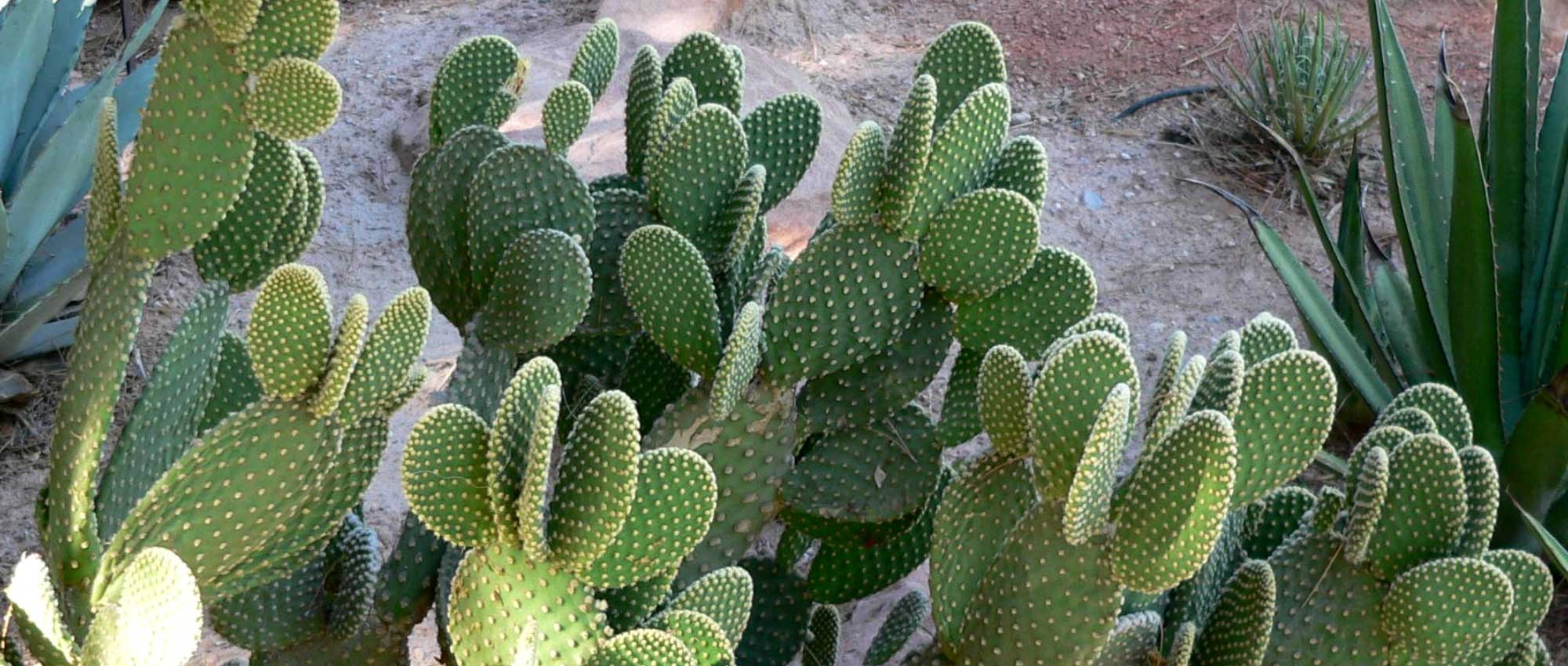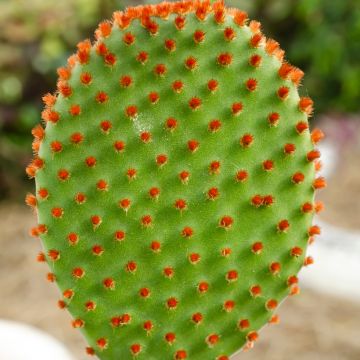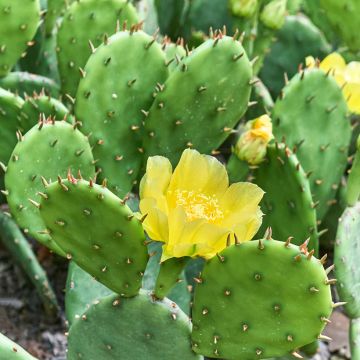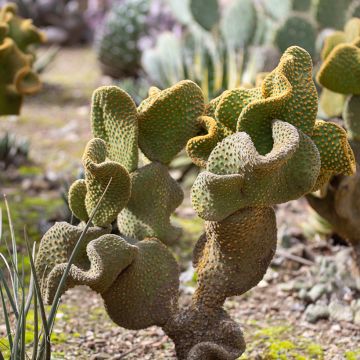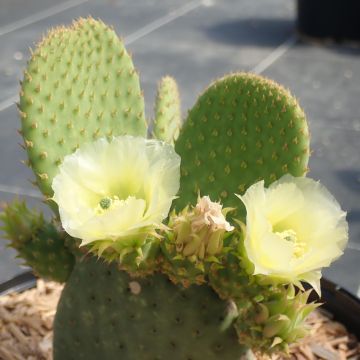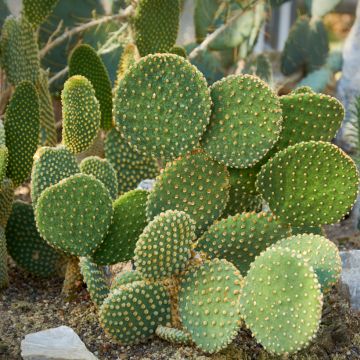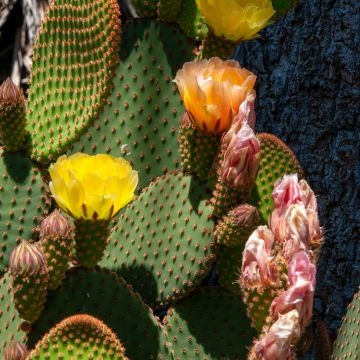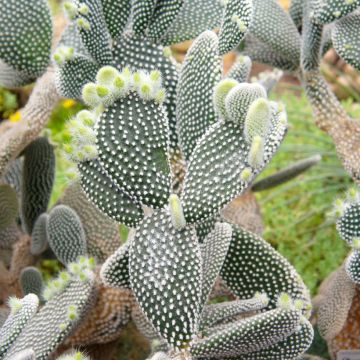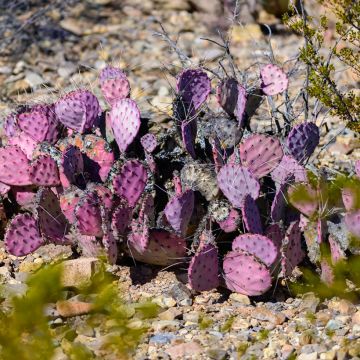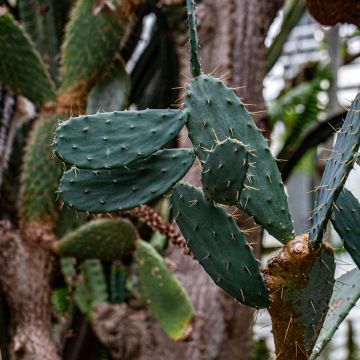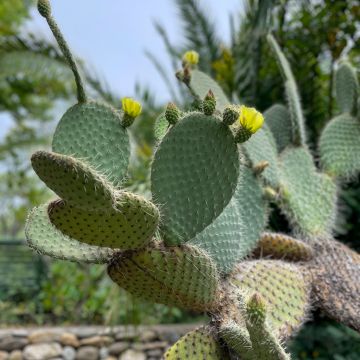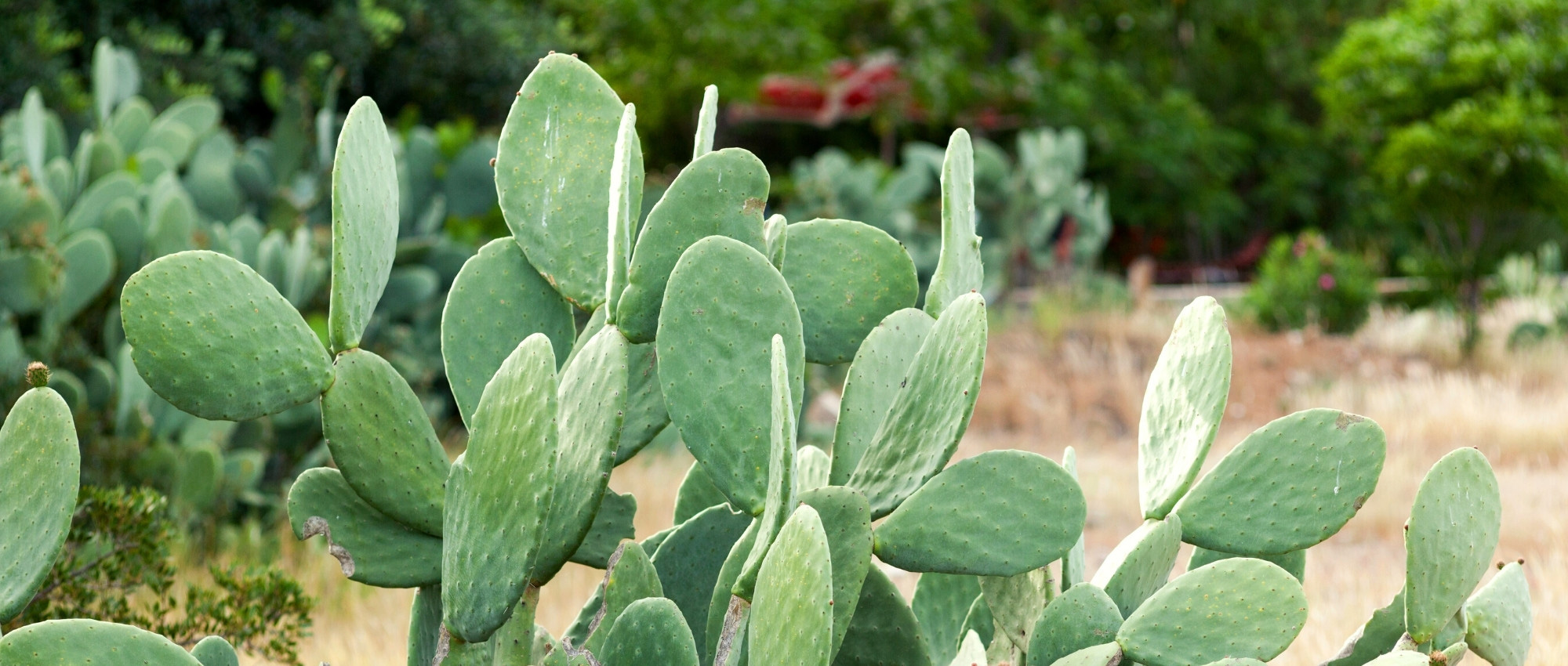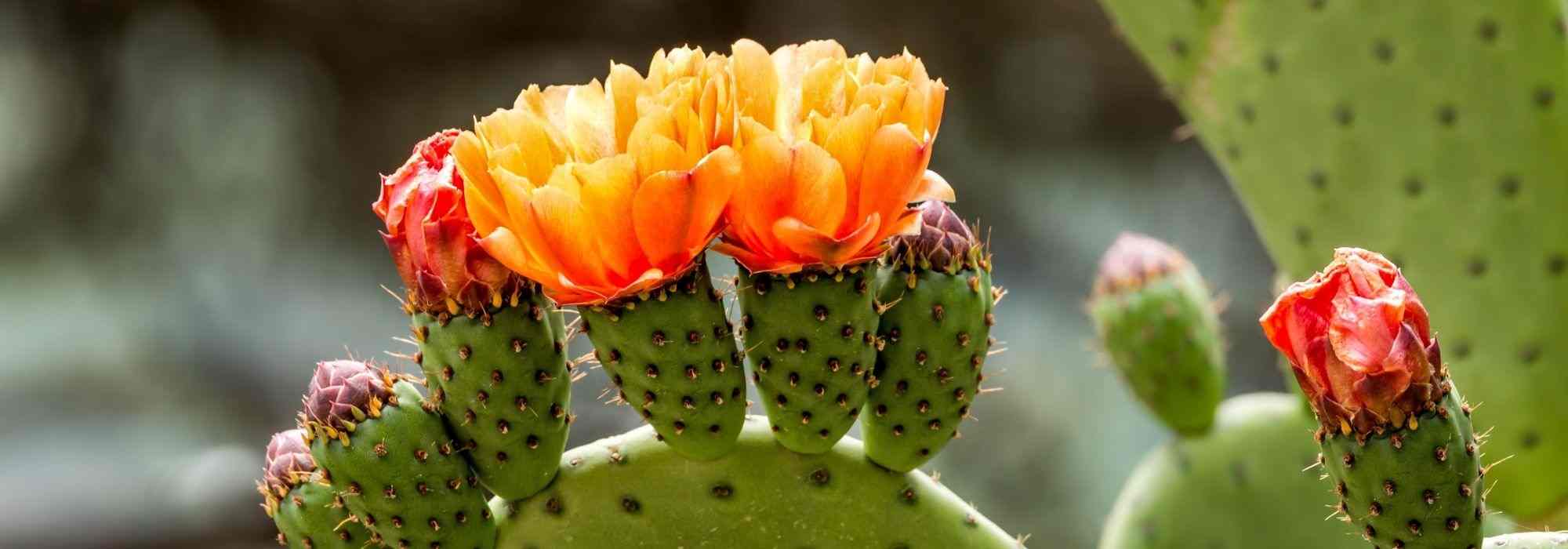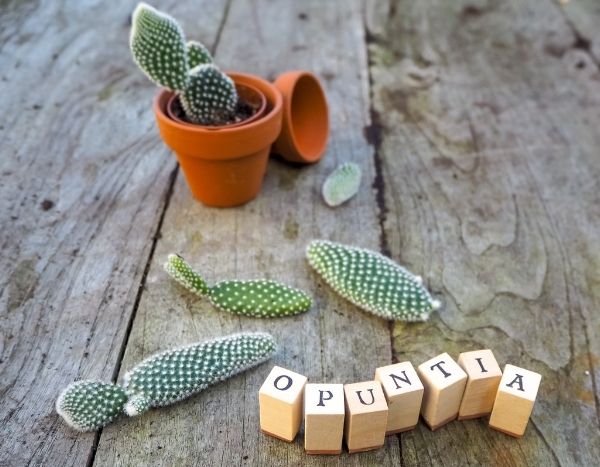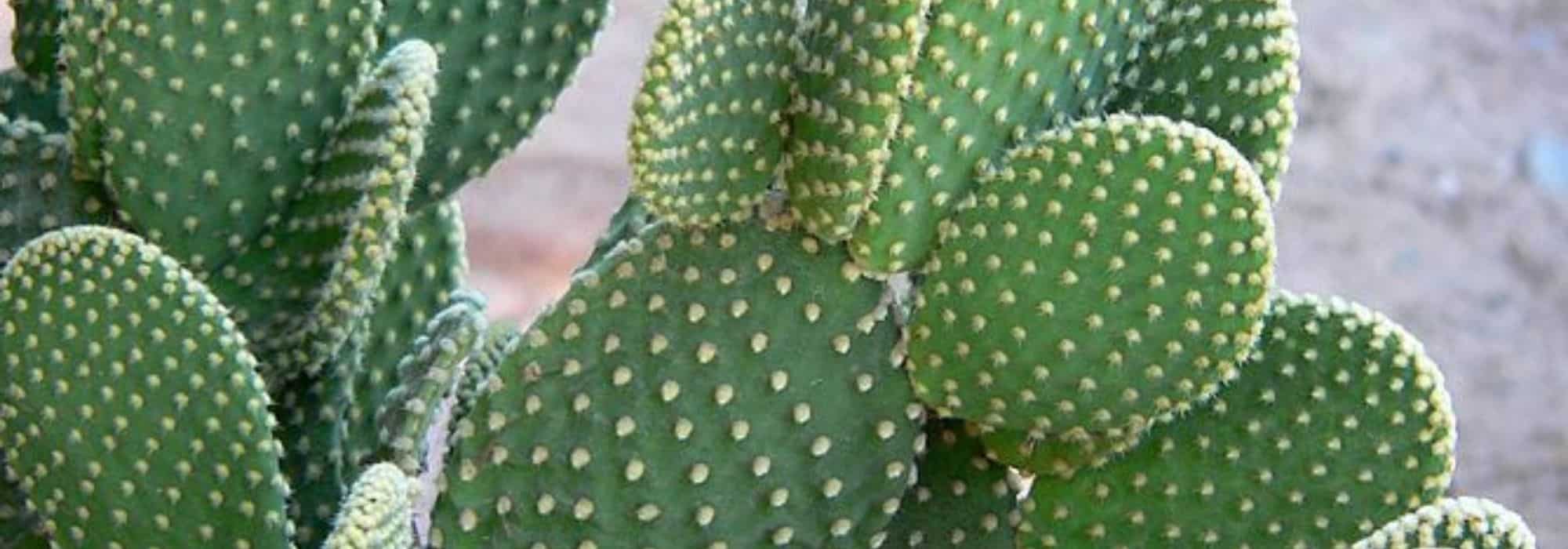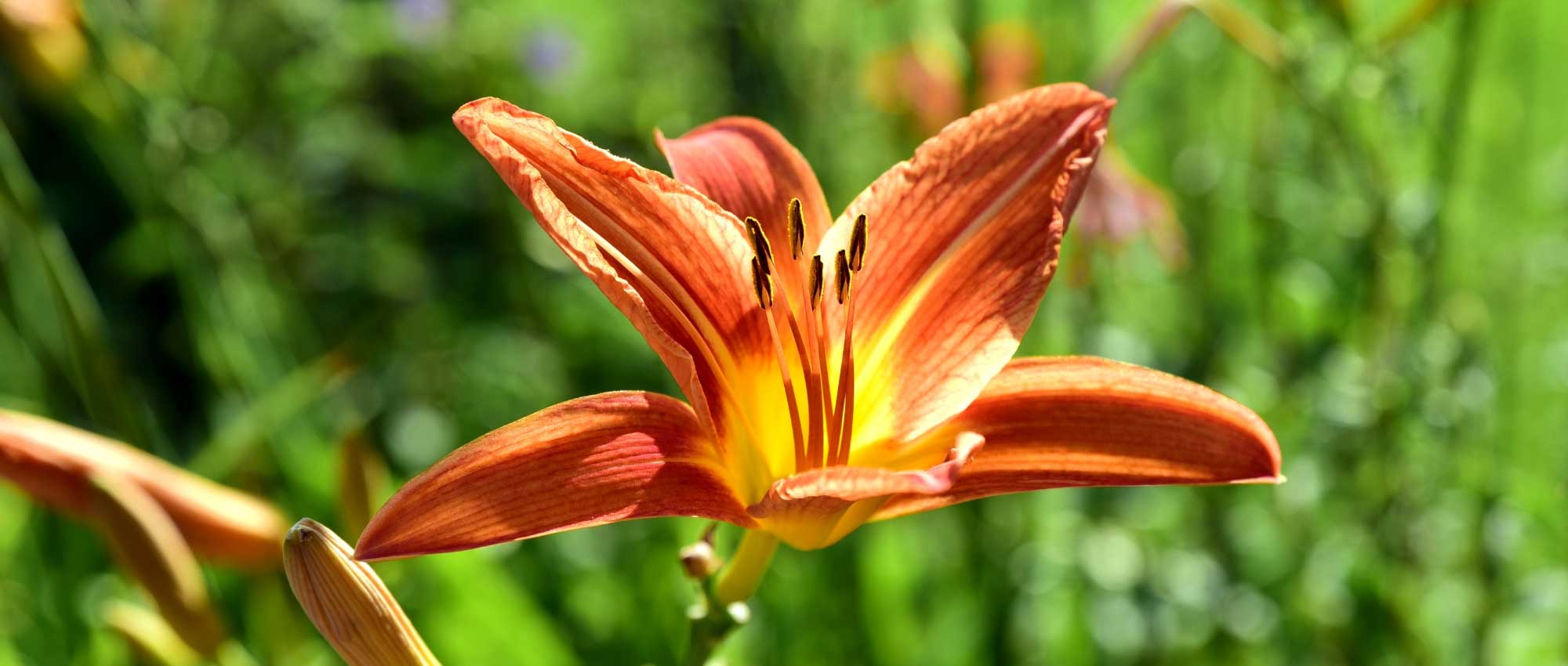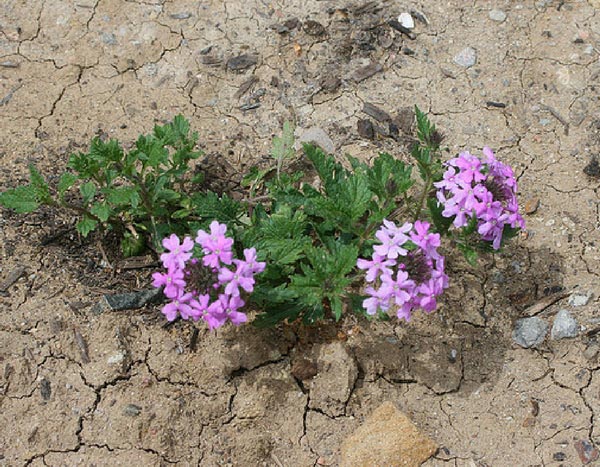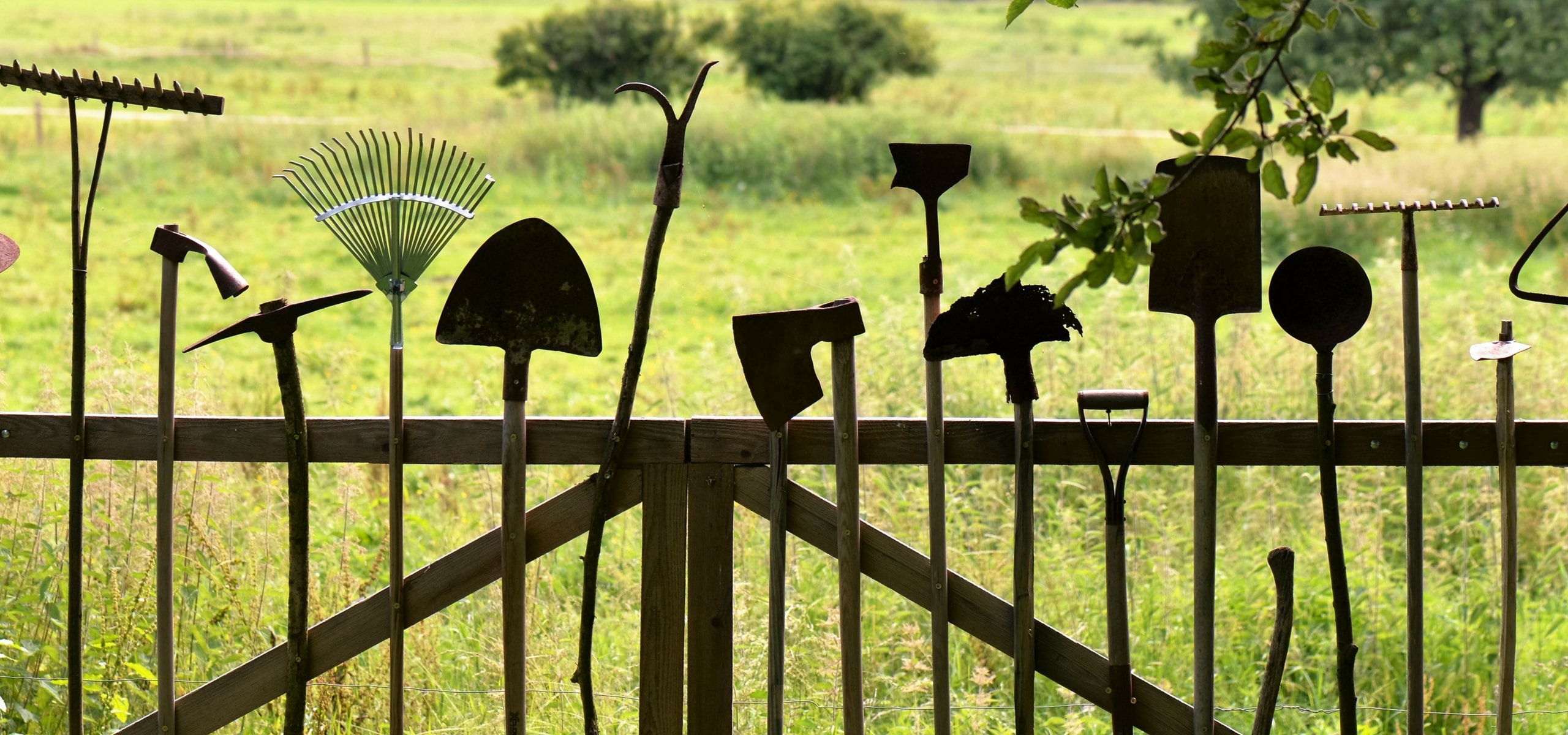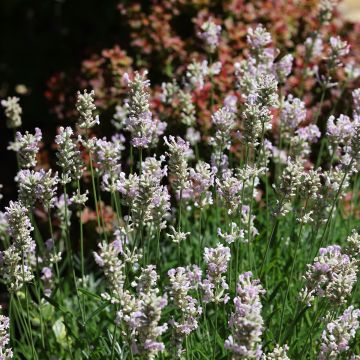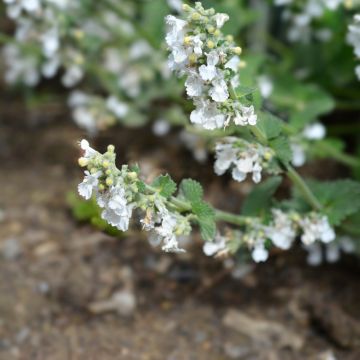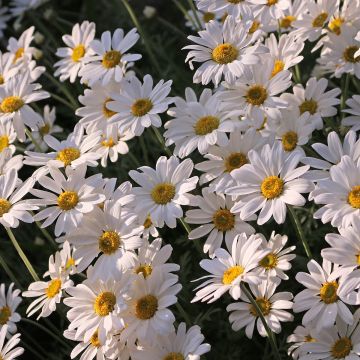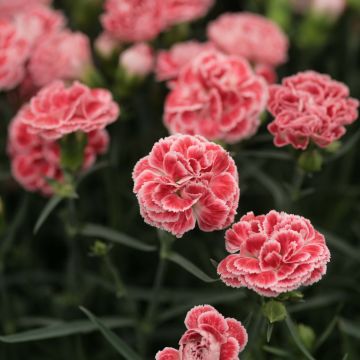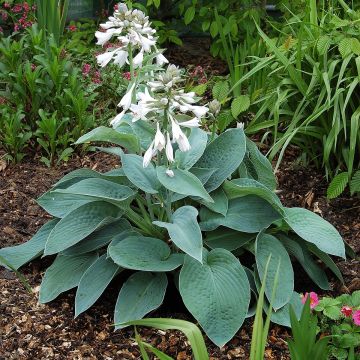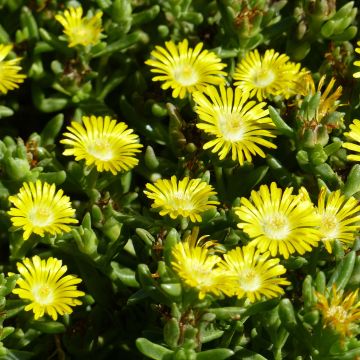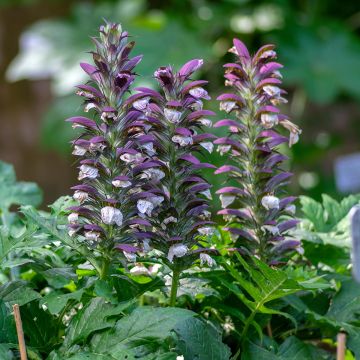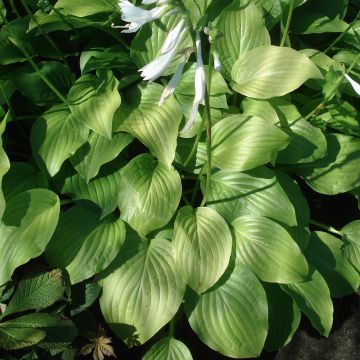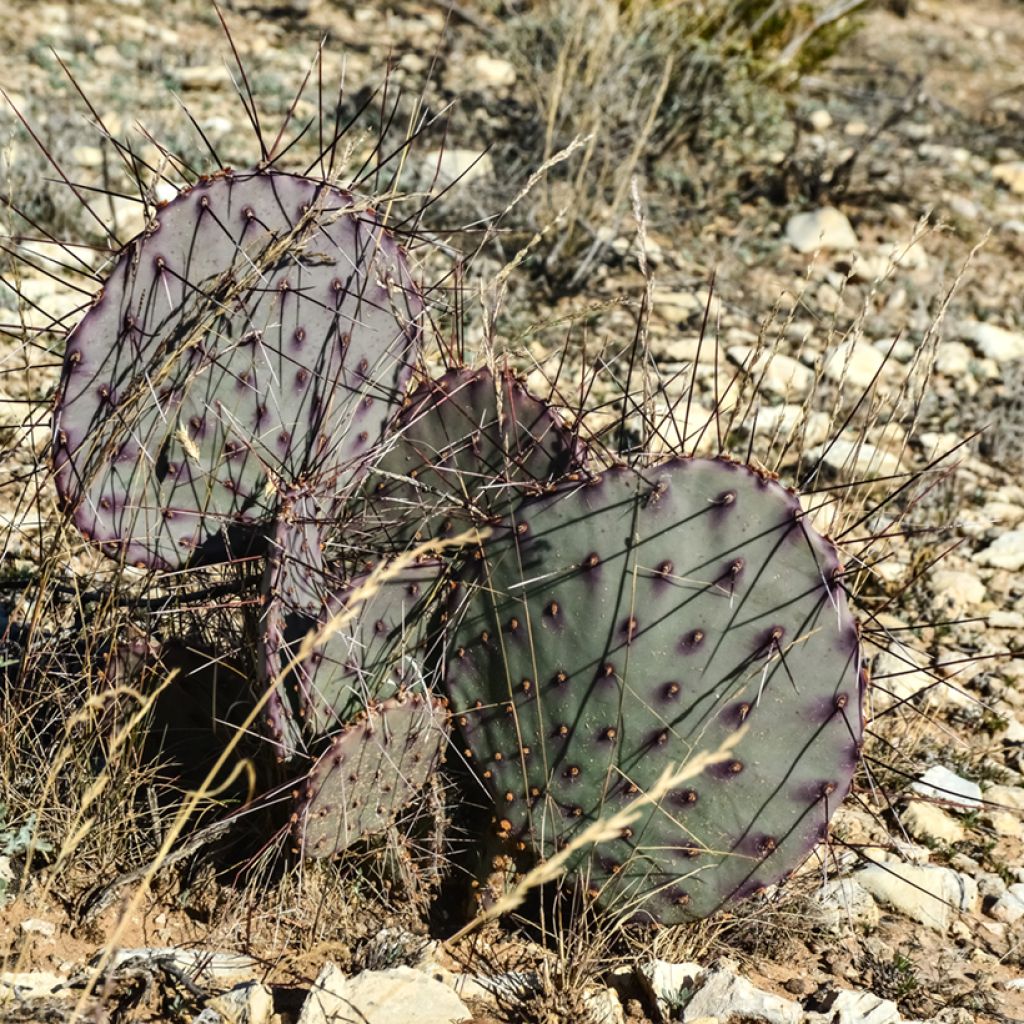

Opuntia macrocentra - Black-spined prickly pear
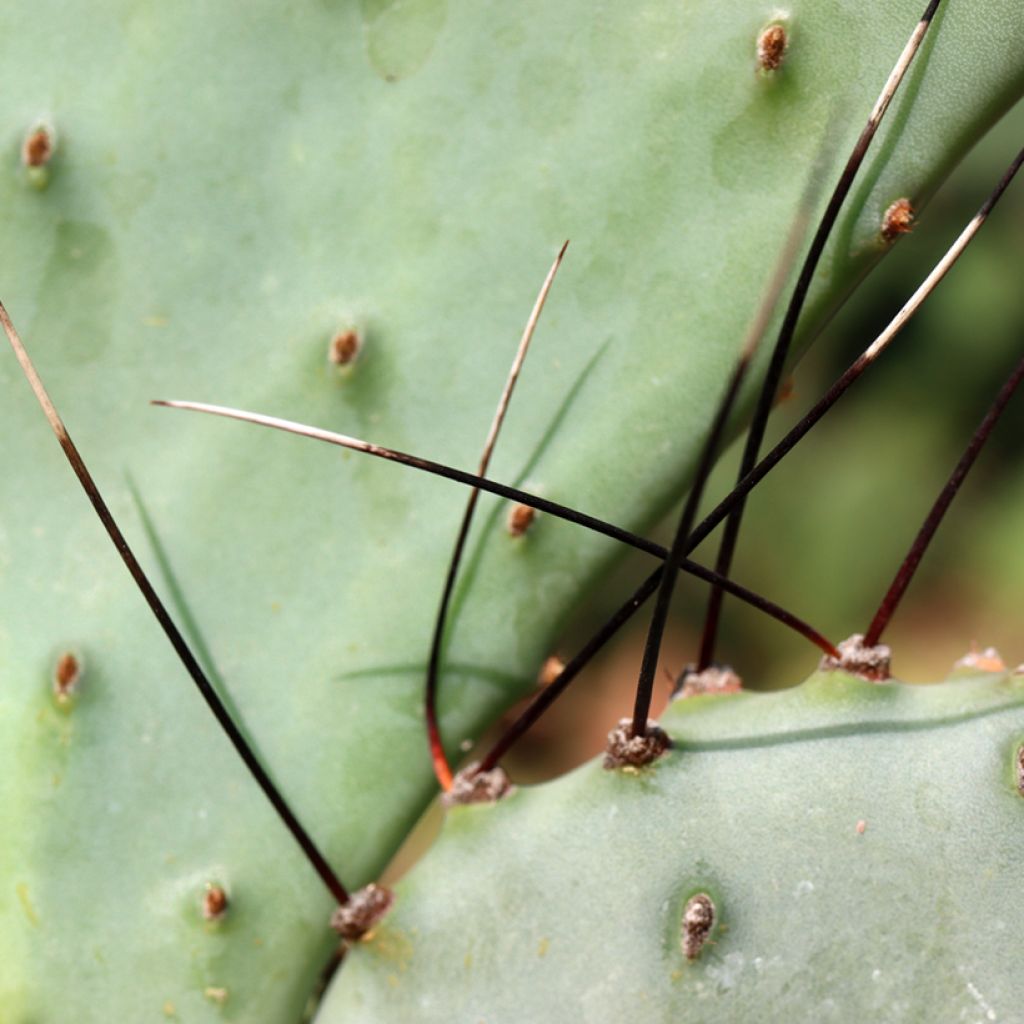

Opuntia macrocentra - Black-spined prickly pear
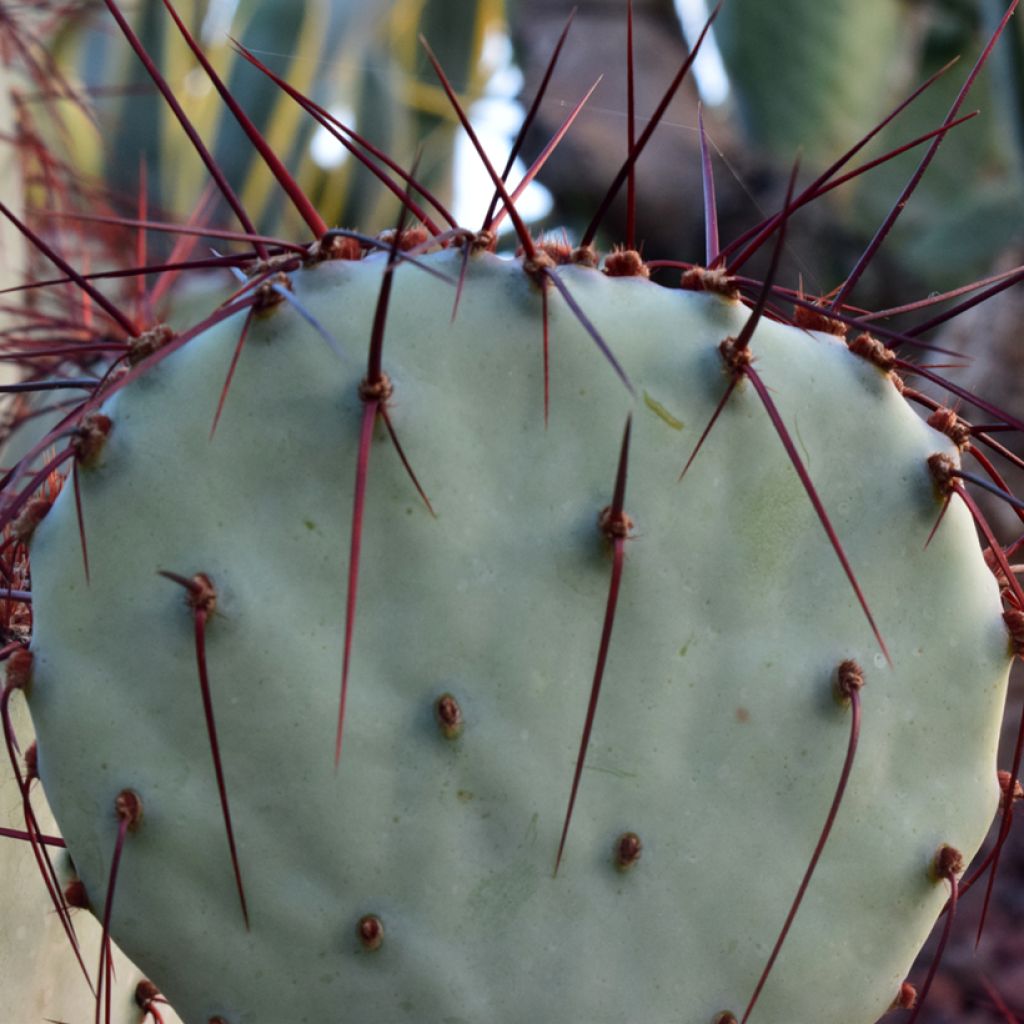

Opuntia macrocentra - Black-spined prickly pear
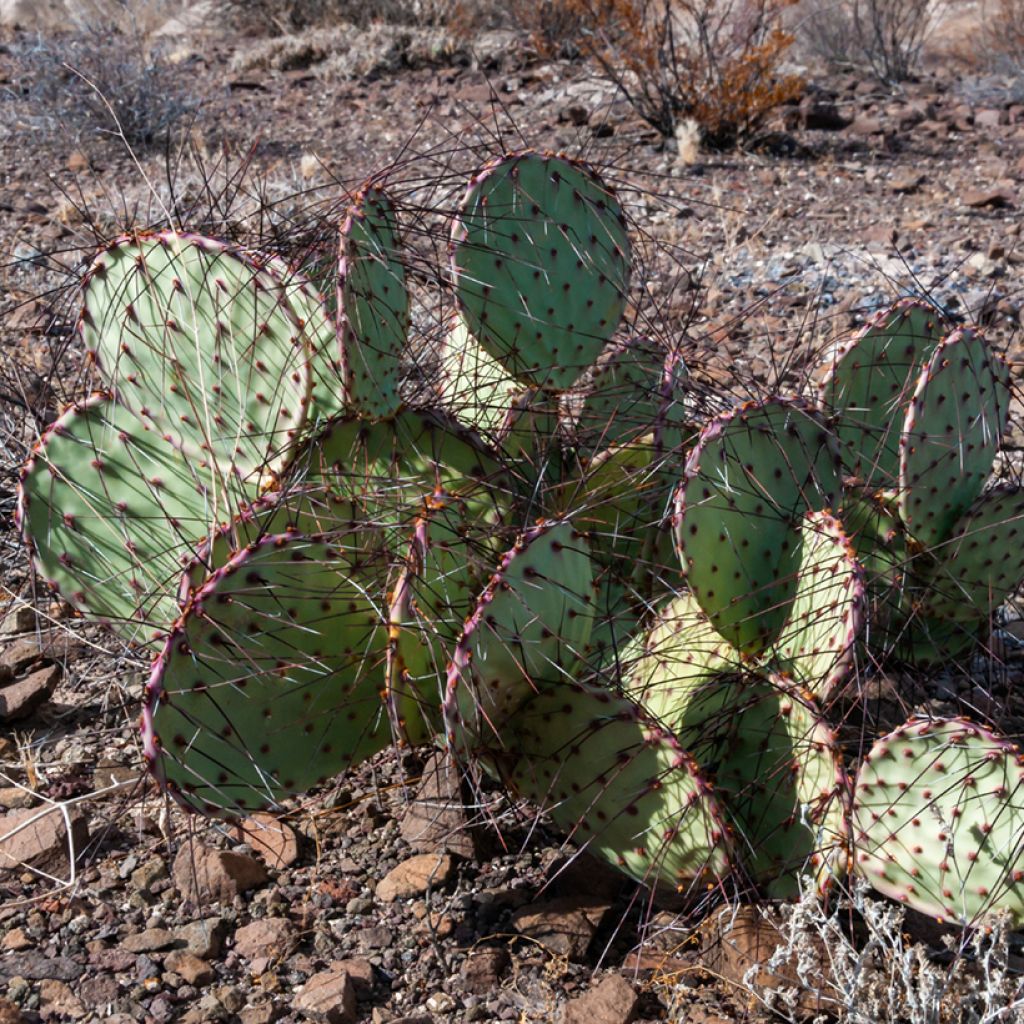

Opuntia macrocentra - Black-spined prickly pear
Opuntia macrocentra - Black-spined prickly pear
Opuntia macrocentra Epines noires
Prickly Pear
Special offer!
Receive a €20 voucher for any order over €90 (excluding delivery costs, credit notes, and plastic-free options)!
1- Add your favorite plants to your cart.
2- Once you have reached €90, confirm your order (you can even choose the delivery date!).
3- As soon as your order is shipped, you will receive an email containing your voucher code, valid for 3 months (90 days).
Your voucher is unique and can only be used once, for any order with a minimum value of €20, excluding delivery costs.
Can be combined with other current offers, non-divisible and non-refundable.
Home or relay delivery (depending on size and destination)
Schedule delivery date,
and select date in basket
This plant carries a 12 months recovery warranty
More information
We guarantee the quality of our plants for a full growing cycle, and will replace at our expense any plant that fails to recover under normal climatic and planting conditions.
Would this plant suit my garden?
Set up your Plantfit profile →
Description
Opuntia macrocentra, in its black-spined form, is a rare but very easy-to-grow prickly pear. It's a lovely cactus, but also a well-armed plant, with blue-green pads that can take on purple hues when stressed. It produces silky flowers of great delicacy, yet vividly coloured in yellow and orange-red. This is an excellent plant for dry gardens, perfectly tolerating heat and aridity. Beware of its sharp thorns: place it away from pathways!
Opuntia macrocentra, commonly known as the prickly pear, presents various subspecies and clones that vary in colour, both in terms of the pads and the thorns. This member of the Cactaceae family is native to the southwestern United States, particularly Arizona, New Mexico, and Texas, as well as northern Mexico, especially the state of Chihuahua. The black-spined form is a shrubby plant with flattened stem segments, called cladodes or pads, which are rounded in shape, measuring between 10 and 20 cm in length and width. Their colour ranges from blue-green to light purplish-green, with the latter purple hue intensifying under water stress or low temperatures due to the production of betalains. The areoles are arranged in diagonal rows on the segments and bear black to reddish-brown thorns, usually one to two per areole, measuring 4 to 7 cm long and pointing upwards. This slow-growing plant will reach a height of 60 to 90 cm and spread up to 1.8 m when planted in the ground. In pots, its dimensions are more modest. The plant tends to produce basal shoots, forming dense colonies over time.
The flowers appear from March to June, depending on the climate. They are solitary, lemon-yellow tinged with pale yellow and have an orange-red base, measuring around 7.5 cm in diameter. They open mid-morning and close in the evening before wilting. Pollination is carried out by insects, particularly bees, attracted by the bright colours and nectar. The fleshy fruits are ovoid to ellipsoid in shape. They measure 3 to 4.3 cm long and turn red to purple when ripe. These fruits are edible and contain flattened beige seeds. The cladodes handle photosynthesis and water storage, while the reduced leaves quickly transform into thorns or glochidia.
Opuntia macrocentra was traditionally used by indigenous peoples of the American Southwest. The ripe fruits are rich in sugars and vitamins and were eaten fresh or processed into jellies and jams. The stem segments, once stripped of their thorns, were used as fodder for livestock during droughts.
The black-spined Opuntia macrocentra naturally fits into dry, Mediterranean, or contemporary gardens. Plant this prickly pear among rocks in a rockery or on an arid slope, away from foot traffic! Pair it with the minimalist elegance of Hesperaloe and ornamental grasses like Muhlenbergia capillaris; the pink mist of its flowering will soften its rugged appearance. Between aridity and refinement, this prickly pear evokes the grandeur of desert landscapes.
Be warned, Opuntia macrocentra is undoubtedly a tough plant, but its joints are brittle! Did a pad fall off during transport or handling? Don’t worry—this is how this plant spreads in the wild: every fallen pad can generate an entire new plant! This is a great opportunity to get a new prickly pear: simply leave the pad exposed to air for a few days to allow the tissue to heal, then plant the pad vertically, with one-third buried, in a well-draining pot with a mix of sand and compost. Place it in the sun, water when you remember, it grows all by itself!
Opuntia macrocentra - Black-spined prickly pear in pictures




Flowering
Foliage
Plant habit
Botanical data
Opuntia
macrocentra
Epines noires
Cactaceae
Prickly Pear
Opuntia macrocentra, Opuntia violacea var. macrocentra, Opuntia violacea var. castetteri
North America
Other Opuntia
View all →Planting and care
Plant Opuntia macrocentra with black thorns in spring or early autumn, in full sun in preferably poor soil, even stony, chalky, sandy, but perfectly drained. It tolerates some winter moisture in porous soil that does not retain water, and appreciates dry soils which help it withstand the cold better. It can resist frost down to -15°C at its peak in dry soil. This species also tolerates snow and sea spray. It has no known enemies in our latitudes.
Growing substrate: 1/2 compost + 1/4 sand + 1/4 topsoil + cactus fertiliser for potted plants. Sandy, very stony soil, low in humus for outdoor cultivation.
Propagation by cuttings from prickly pear pads is easy: take a segment at a joint, place it on a cactus soil-type substrate for a few days, until a callus forms. Then insert the base of the cutting slightly deeper into the soil and water regularly. The plant will not flower or bear fruit until it is 3 years old.
Handle your cacti with gloves and protective goggles.
Planting period
Intended location
Care
Planting & care advice
This item has not been reviewed yet - be the first to leave a review about it.
Similar products
Haven't found what you were looking for?
Hardiness is the lowest winter temperature a plant can endure without suffering serious damage or even dying. However, hardiness is affected by location (a sheltered area, such as a patio), protection (winter cover) and soil type (hardiness is improved by well-drained soil).

Photo Sharing Terms & Conditions
In order to encourage gardeners to interact and share their experiences, Promesse de fleurs offers various media enabling content to be uploaded onto its Site - in particular via the ‘Photo sharing’ module.
The User agrees to refrain from:
- Posting any content that is illegal, prejudicial, insulting, racist, inciteful to hatred, revisionist, contrary to public decency, that infringes on privacy or on the privacy rights of third parties, in particular the publicity rights of persons and goods, intellectual property rights, or the right to privacy.
- Submitting content on behalf of a third party;
- Impersonate the identity of a third party and/or publish any personal information about a third party;
In general, the User undertakes to refrain from any unethical behaviour.
All Content (in particular text, comments, files, images, photos, videos, creative works, etc.), which may be subject to property or intellectual property rights, image or other private rights, shall remain the property of the User, subject to the limited rights granted by the terms of the licence granted by Promesse de fleurs as stated below. Users are at liberty to publish or not to publish such Content on the Site, notably via the ‘Photo Sharing’ facility, and accept that this Content shall be made public and freely accessible, notably on the Internet.
Users further acknowledge, undertake to have ,and guarantee that they hold all necessary rights and permissions to publish such material on the Site, in particular with regard to the legislation in force pertaining to any privacy, property, intellectual property, image, or contractual rights, or rights of any other nature. By publishing such Content on the Site, Users acknowledge accepting full liability as publishers of the Content within the meaning of the law, and grant Promesse de fleurs, free of charge, an inclusive, worldwide licence for the said Content for the entire duration of its publication, including all reproduction, representation, up/downloading, displaying, performing, transmission, and storage rights.
Users also grant permission for their name to be linked to the Content and accept that this link may not always be made available.
By engaging in posting material, Users consent to their Content becoming automatically accessible on the Internet, in particular on other sites and/or blogs and/or web pages of the Promesse de fleurs site, including in particular social pages and the Promesse de fleurs catalogue.
Users may secure the removal of entrusted content free of charge by issuing a simple request via our contact form.
The flowering period indicated on our website applies to countries and regions located in USDA zone 8 (France, the United Kingdom, Ireland, the Netherlands, etc.)
It will vary according to where you live:
- In zones 9 to 10 (Italy, Spain, Greece, etc.), flowering will occur about 2 to 4 weeks earlier.
- In zones 6 to 7 (Germany, Poland, Slovenia, and lower mountainous regions), flowering will be delayed by 2 to 3 weeks.
- In zone 5 (Central Europe, Scandinavia), blooming will be delayed by 3 to 5 weeks.
In temperate climates, pruning of spring-flowering shrubs (forsythia, spireas, etc.) should be done just after flowering.
Pruning of summer-flowering shrubs (Indian Lilac, Perovskia, etc.) can be done in winter or spring.
In cold regions as well as with frost-sensitive plants, avoid pruning too early when severe frosts may still occur.
The planting period indicated on our website applies to countries and regions located in USDA zone 8 (France, United Kingdom, Ireland, Netherlands).
It will vary according to where you live:
- In Mediterranean zones (Marseille, Madrid, Milan, etc.), autumn and winter are the best planting periods.
- In continental zones (Strasbourg, Munich, Vienna, etc.), delay planting by 2 to 3 weeks in spring and bring it forward by 2 to 4 weeks in autumn.
- In mountainous regions (the Alps, Pyrenees, Carpathians, etc.), it is best to plant in late spring (May-June) or late summer (August-September).
The harvesting period indicated on our website applies to countries and regions in USDA zone 8 (France, England, Ireland, the Netherlands).
In colder areas (Scandinavia, Poland, Austria...) fruit and vegetable harvests are likely to be delayed by 3-4 weeks.
In warmer areas (Italy, Spain, Greece, etc.), harvesting will probably take place earlier, depending on weather conditions.
The sowing periods indicated on our website apply to countries and regions within USDA Zone 8 (France, UK, Ireland, Netherlands).
In colder areas (Scandinavia, Poland, Austria...), delay any outdoor sowing by 3-4 weeks, or sow under glass.
In warmer climes (Italy, Spain, Greece, etc.), bring outdoor sowing forward by a few weeks.






























